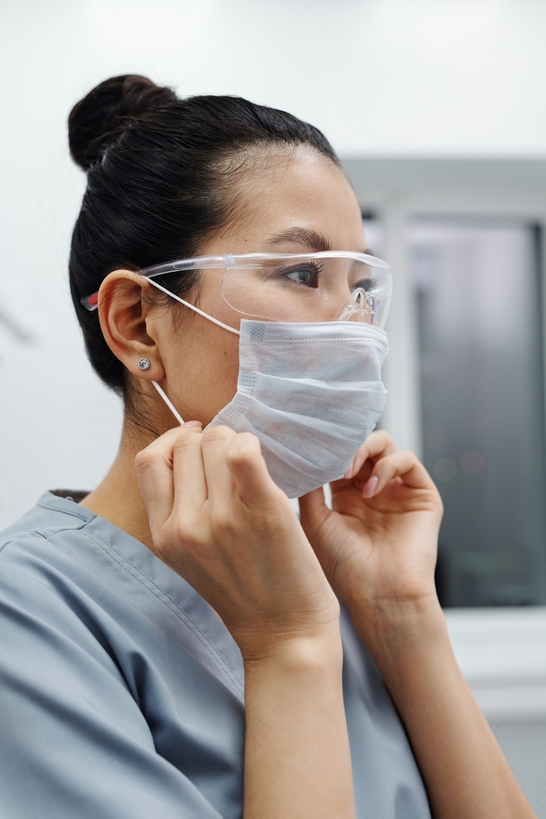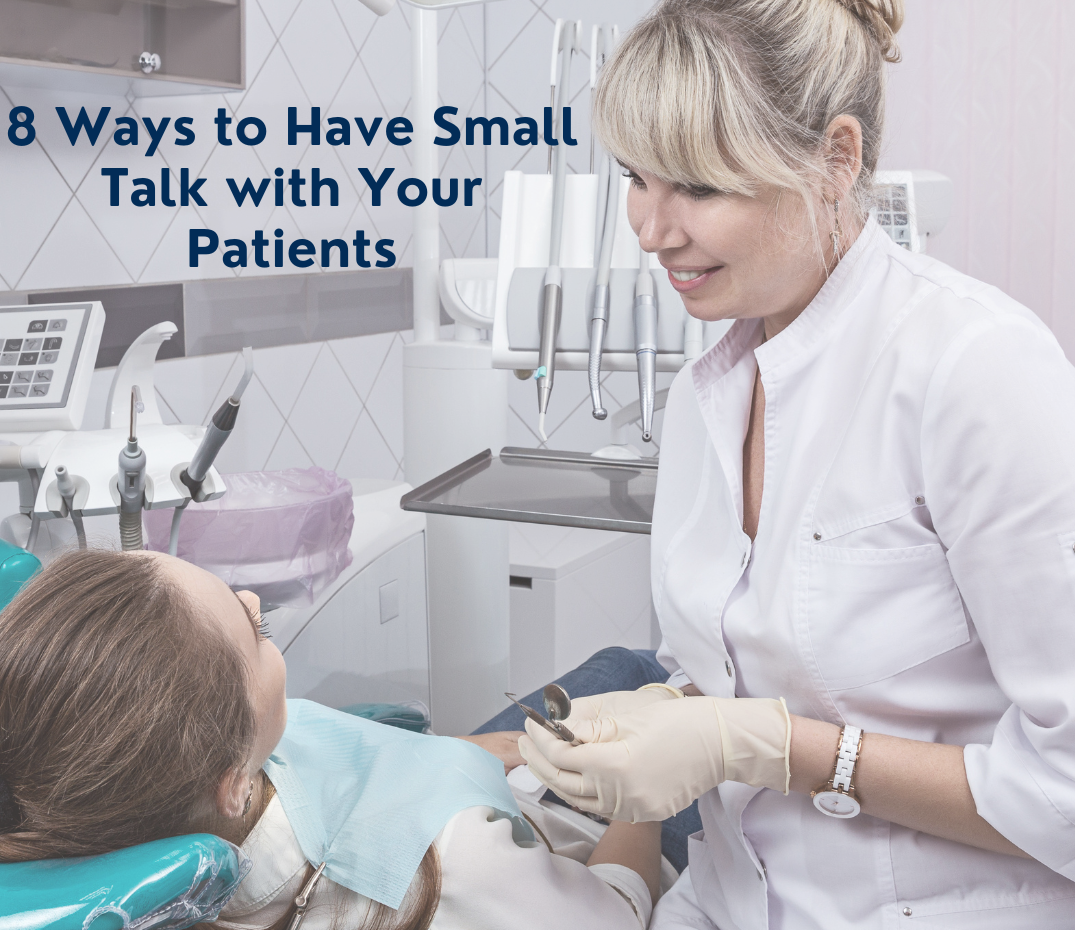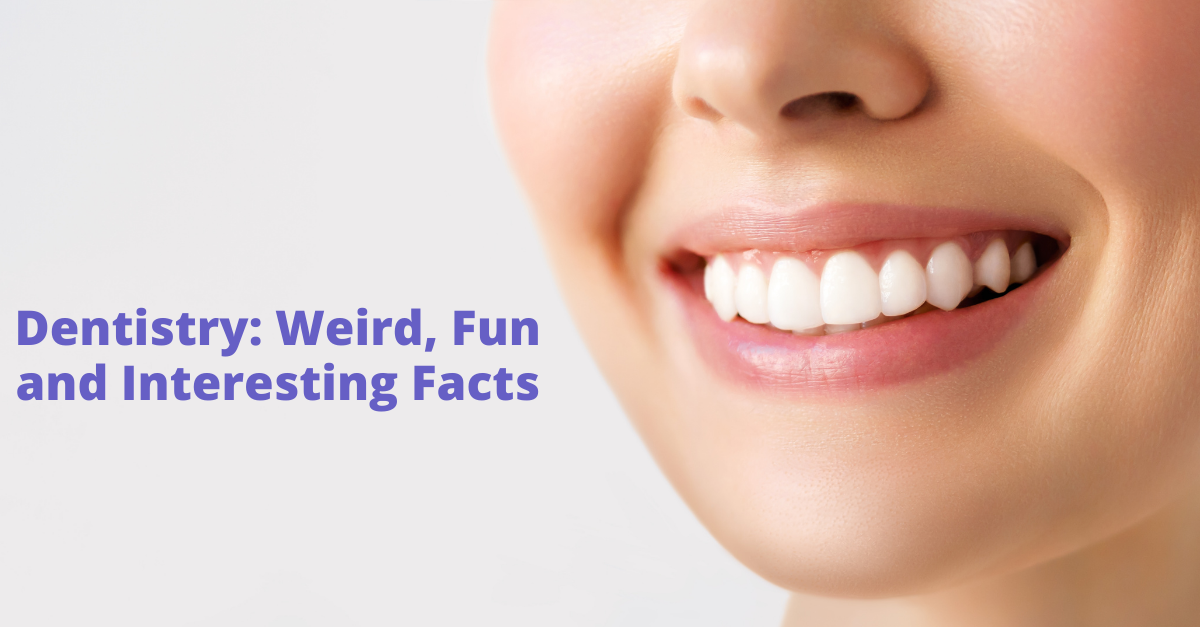How Modern Technological Innovations Helped Dental Care Providers Steer Through the Coronavirus Pandemic

Amid the uncertainties posed by the ongoing Coronavirus health emergency, dentists have had to remain hopeful and look for ways to keep going.
The pandemic brought along with it numerous challenges for the dental industry and it has been one of the hardest hit, but along with those challenges came huge refinements to practice workflows, as well as patient care and safety.
Dental practices that have seen continual growth during this arduous time have largely turned to technology to achieve this success. While some invested in new dental technology to bring in extra revenue, others put current technologies to newfound use.
Here, we highlight a few ways technological innovations have helped dentists to keep schedules full and revenues up, even during the ongoing COVID-19 health emergency.
1) Technology Helps Dentists Furnish Touch-Free Patient Experiences
Technology has been one of the principal factors that helped healthcare organizations across the United States make a prompt shift to patient-centered care even while delivering services remotely, especially amid a pandemic of the scale the world had never witnessed before.
Speaking of COVID-19, we all know that it’s going to create a market shift, at least as far as dentistry is considered. This is especially true because people will demand such a shift. Patients will be scrutinizing their experiences at dental offices and expecting the greatest level of safety.
Telemedicine can be used as an effective care delivery model on this front.
Take for example the case of Rochester Advanced Dentistry, a dental practice based out of Detroit.
“Virtual patient consults have been a game-changer for us. We just started to implement virtual consults for smile makeovers and other reconstructive dentistry when COVID-19 struck. Already seeing the efficiency and effectiveness this virtual meeting provided in today’s busy world, we truly realized its potential when forced into quarantine,” says Jeff Haddad, Doctor of Dental Surgery, Rochester Advanced Dentistry in a recent interview with Dentistry Today.
“The use of technology has always helped differentiate our practice from others in our community. We believe that if new technology can improve patient care and allow us to deliver a superior product, it is our obligation to our patients to learn and adopt it”, Dr. Haddad continues.
Dr Haddads’ case is only one example of how telemedicine helped a dental practice quickly adapt to the new normal and increase its bottom line. The list of organizations that have used technological solutions such as this one during the pandemic is seemingly endless.
Therefore, it wouldn’t be wrong to assume that dental telemedicine, or rather ‘teledentistry’ as it is commonly referred to as, is definitely here to stay. This state-of-the-art tech innovation can greatly help dentists to furnish exceptional and safe patient experiences. Hence, dental care providers should look at leveraging it right away!
Dentists should ensure to use teledentistry as a tool to expand their services and to reach consumers looking for virtual care. Join thousands of other dental providers using Teledentistry to improve access, transparency and continuity of care.
Get started for FREE today with your Denteractive provider Teledentistry account. Please visit https://denteractive.com/for-dentist/
Or call 888-574-7754 for your custom product demo.
2) Technology Helps Dentists Employ a Robust Prevention Approach
Even as the COVID-19 vaccine has come out and mass vaccination drives have begun across the US, we definitely have a long way to go before things can get back to normal and dentists can resume their pre-pandemic clinical operations.
That being said, many forward-looking dental care providers decided to forge ahead with the help of technology, and adopt safety best practices that go beyond the usual prevention protocols they follow.
The University of Alabama at Birmingham (UAB) is one such organization.
When COVID-19 began affecting daily operations in the spring of 2020, schools at the University realized that, in order to reintegrate back into a new normal alongside the virus, changes would have to be made to safeguard the health of patients, students and staff during such unparalleled times.
At the UAB School of Dentistry, researchers and doctors started looking for potential solutions. They employed new resources and technology in place to mitigate the chances of COVID-19 spreading to make the organization as safe as possible.
In a recent article published on their official website, the University’s spokesperson stated:
“We started to explore the possibility of using an infrared body temperature measuring system to quickly, safely, and accurately measure the body temperature of a great number of people who come through the doors of the School of Dentistry each day.”
“Our system, the JP&J Infrared Non-contact Physiological Sensing System, is helping us do just that. This technology uses a detector that combines the technology of radar and infrared to detect the surface temperature of the face. The system then displays the temperature reading on the indicating screen. It can measure face temperature immediately within seconds, from 6 feet away.”
“The lack of contact between a person scanning patients at the door leads to less or even no chance of contamination, allowing for quicker and safer use when scanning large groups of patients, employees and students.”
“Furthermore, the system can perform facial recognition and measure heart rate and breathing rate, as well as count the number of people entering the building to ensure we are not at a high capacity and can practice social distancing.”
All in all, technology can help dentists take on a proactive approach, rather than a reactive one.
In the past year alone, the industry got to witness many such rapid tech developments happening on the COVID-19 prevention front. These solutions have largely helped dental care providers, both small and big, navigate the crisis and strive amid the increasing uncertainty.
3) Technology Helps Mitigate Infection Risks in Clinical Environments
Just last year, the American Dental Association and the Centers for Disease Control and Prevention provided a joint framework for reopening which calls for dental care providers to perform a thorough cleaning of their workspaces between patients and provide frequent pauses throughout the day to allow air filtration systems to rid the facility of potentially infectious particles.
However, these safeguards do not guarantee protection against the inhalation of aerosols produced by some of the indispensable tools used by dentists.
Therefore, it is up to dental care organizations to employ supplemental measures in order to ensure the risk of catching COVID-19 infection from aerosols in closed clinical environments can be mitigated and operations can be carried out with optimal safety.
The University of Illinois at Chicago is one organization that has taken this challenge hands-on and come up with a highly effective solution with the help of technology.
“This is a real challenge for several reasons,” said Lyndon Cooper, associate dean for research in the College of Dentistry and head of oral biology at UIC.
“One is that many patients are asymptomatic or pre-symptomatic, and people walking into a dental clinic don’t necessarily present themselves as a risk to us. Secondly, aerosols are unseen. In an open dental setting, such as a dental school or a dental practice with multiple chairs, you’re confronted with an invisible threat that has to be contained. And that really puts this in the sphere of the unknown,” Cooper continued.
While there exist instruments at present to propel the aerosol away from the dentist and the patient, the idea of reducing the aerosol is a rather novel approach. To answer this question, the University’s dental leaders turned to its College of Engineering.
“Dental procedures produce airborne particles that are responsible for transmitting viruses, including SARS-CoV-2, into the air. We studied the droplets produced by the Cavitron using state-of-the-art technologies to understand how far they move and with what velocities. This data can be used in the CFD analysis to further analyze the viral titer into the clinic,” says Parisa Mirbod, associate professor of mechanical and industrial engineering.
“We’re using a number of aerosol measurement instruments that record the concentration of airborne aerosols and can map flumes of these droplets emanating from different sources,” says Igor Paprotny, associate professor of electrical and computer engineering. “This allows us to build a picture of what size aerosols are floating around in the dental procedure used, and in turn determine the concentration of these aerosols throughout the dental clinic.”
While this research is yet to be concluded, engineers at the University are of the opinion that their model could soon be deployed across enclosed spaces- small and big- to create heat maps for mitigating risk of infection.
All in all, having to sustain a dental practice during a global health emergency comes with its unique set of challenges. However, the way in which the dental industry has remodeled itself to find the best possible way to continue running a successful practice while keeping both patients and practitioners safe, has been commendable.
By investing in technology solutions that seamlessly merge with your practice and fit into your budget, your organization will be well poised to successfully thrive and survive not only in times of the ongoing pandemic, but also beyond that.



